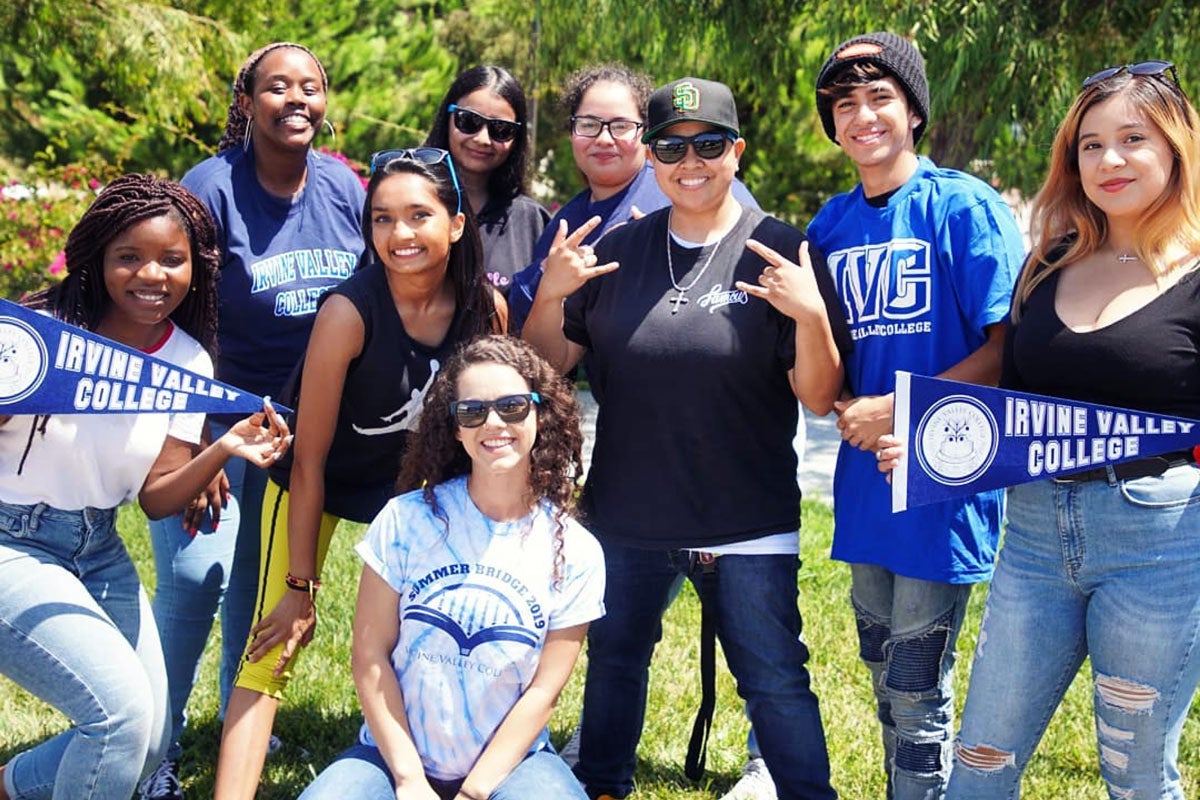- Teach cane skills, including cane use with a guide, diagonal techniques, and two-point touches.
- Recommend appropriate mobility devices or systems, such as human guides, dog guides, long canes, electronic travel aids (ETAs), and other adaptive mobility devices (AMDs).
- Train clients with visual impairments to use mobility devices or systems, such as human guides, dog guides, electronic travel aids (ETAs), and other adaptive mobility devices (AMDs).
- Train clients to use tactile, auditory, kinesthetic, olfactory, and proprioceptive information.
- Write reports or complete forms to document assessments, training, progress, or follow-up outcomes.
- Develop rehabilitation or instructional plans collaboratively with clients, based on results of assessments, needs, and goals.
- Assess clients' functioning in areas such as vision, orientation and mobility skills, social and emotional issues, cognition, physical abilities, and personal goals.
- Teach clients to travel independently, using a variety of actual or simulated travel situations or exercises.
- Teach self-advocacy skills to clients.
- Provide consultation, support, or education to groups such as parents and teachers.
- Teach independent living skills or techniques, such as adaptive eating, medication management, diabetes management, and personal management.
- Monitor clients' progress to determine whether changes in rehabilitation plans are needed.
- Identify visual impairments related to basic life skills in areas such as self care, literacy, communication, health management, home management, and meal preparation.
- Design instructional programs to improve communication, using devices such as slates and styluses, braillers, keyboards, adaptive handwriting devices, talking book machines, digital books, and optical character readers (OCRs).
- Train clients to use adaptive equipment, such as large print, reading stands, lamps, writing implements, software, and electronic devices.
- Participate in professional development activities, such as reading literature, continuing education, attending conferences, and collaborating with colleagues.
- Obtain, distribute, or maintain low vision devices.
- Collaborate with specialists, such as rehabilitation counselors, speech pathologists, and occupational therapists, to provide client solutions.
- Refer clients to services, such as eye care, health care, rehabilitation, and counseling, to enhance visual and life functioning or when condition exceeds scope of practice.
Program Codes
Employment Percentage
17.46063384
SOC ID
29-1122
SOC Title
Occupational Therapists
ONET ID
29-1122.01
ONET Concat ID
29112201
Median Salary
104404.03
EMSI Interest Area Term
Ed Level High School
0
Ed Level Certificate
0
Ed Level Some College
0
Ed Level Associates
0
Ed Level Bachelors
39.130001
Ed Level Masters
60.869999
Ed Level Doctors
0
Typical Ed Level
a Master's or Professional degree
Career Description
Provide therapy to patients with visual impairments to improve their functioning in daily life activities. May train patients in activities such as computer use, communication skills, or home management skills.
Core Tasks
Start Annual Earnings
69798.72
Top Annual Earnings
150437.47
EMSI Career Title Slug
low-vision-therapist-orientation-and-mobility-specialist-and-vision-rehabilitation-therapist





